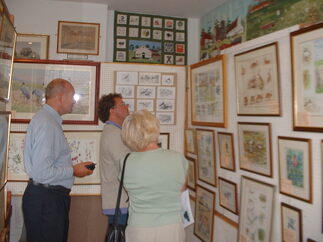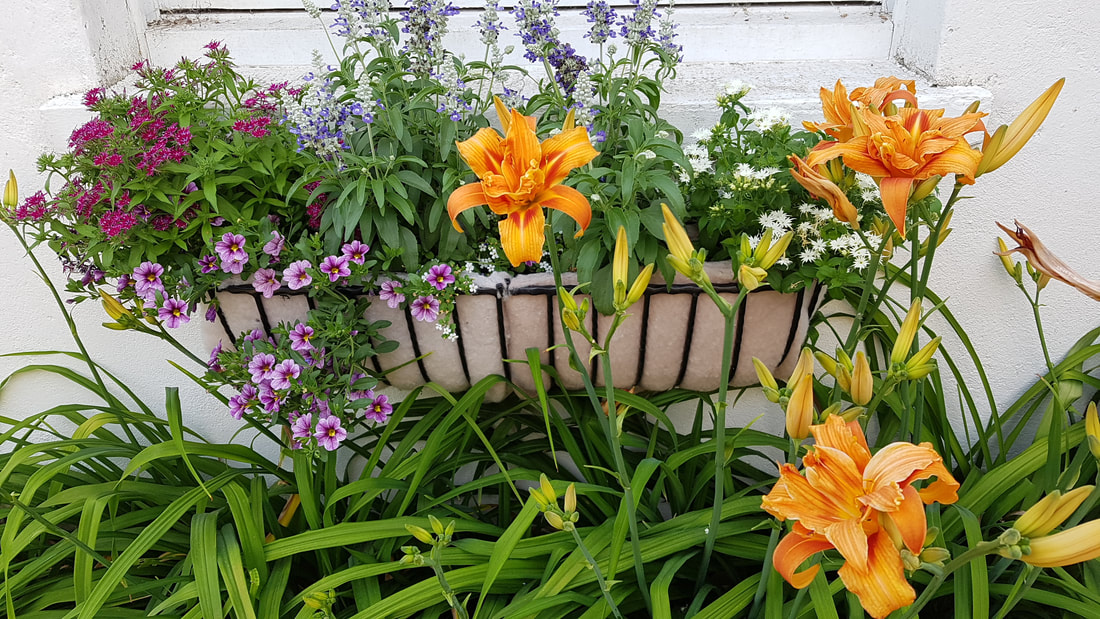Redbourn Village Museum
opening hours
saturday and sunday
2 pm - 5 pm
February to november
Museum Sustainability Fund
Please give generously to help fund essential repairs to Silk Mill House and keep the museum
in our historic listed building on Redbourn Common
Please give generously to help fund essential repairs to Silk Mill House and keep the museum
in our historic listed building on Redbourn Common





